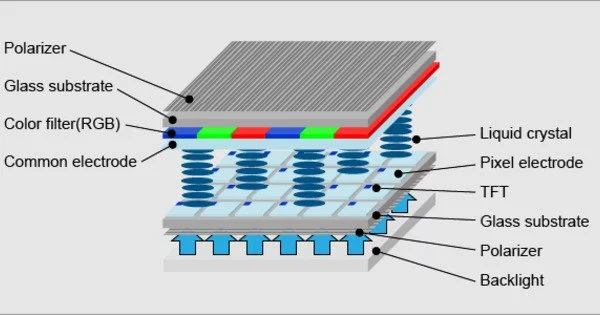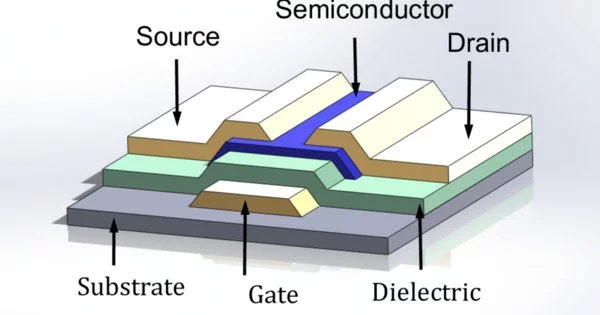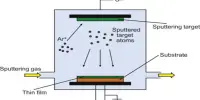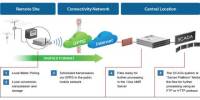A thin-film transistor (TFT) is a type of transistor made by depositing thin films of semiconductor materials onto a substrate such as glass or plastic. The transistor is created by using these thin films to form the source, drain, and gate electrodes, as well as the semiconductor channel that connects them.
TFT is a type of field-effect transistor (FET) in which the transistor is thin in comparison to the device’s plane. TFTs are grown on a non-conducting supporting substrate. Because TFTs are traditionally used in liquid-crystal displays, glass is a common substrate (LCDs). This is in contrast to the traditional bulk metal oxide field effect transistor (MOSFET), in which the semiconductor material is typically the substrate, such as a silicon wafer.
TFTs are characterized by their ability to amplify and switch electrical signals with a high degree of precision and speed. This makes them well-suited for use in digital circuits, where they can perform a variety of functions, such as logic gates and amplifiers.
Thin-film transistors are constructed by layering thin films of an active semiconductor, hence the name, as well as a dielectric layer and some metallic contacts on a glass substrate. Glass is used because it is nonconductive and has excellent optical clarity; it is also nonreactive to the chemicals used in semiconductor processing. In contrast, the substrate used in the construction of a typical transistor is a semiconductor material, usually a silicon wafer.

Application
Thin-film transistors are primarily used in LCD displays, which is why glass is used as the substrate. TFTs are commonly used in electronic displays such as LCD screens, as well as in other applications that require low power consumption, high switching speed, and small size. TFT technology is also used in both direct and indirect capture digital radiography detectors used in medical radiography. A TFT layer is also present on active-matrix organic light-emitting diode (AMOLED) screens. They are also used in digital cameras, mobile phones, and other portable devices.
TFTs are especially useful in flat panel displays because they can control the brightness of each individual pixel. This allows for a high degree of color accuracy and brightness control in devices such as smartphones, tablets, and computer monitors.
Advantages
One of the key advantages of TFT technology is its low power consumption, which makes it an ideal choice for battery-powered devices. TFTs are also highly reliable and can be manufactured using low-cost, high-volume production techniques, which has helped to make them an important component in many electronic devices.
















